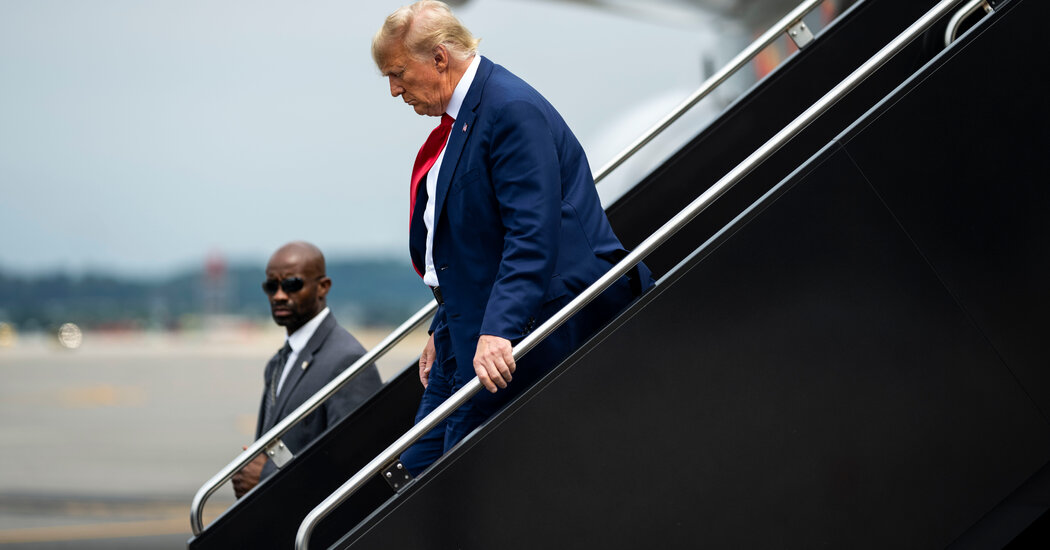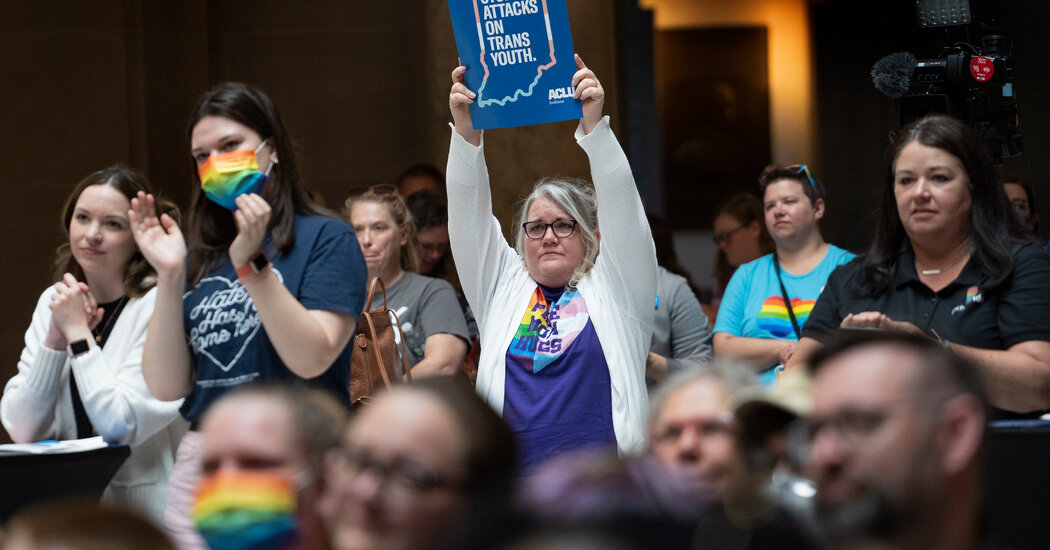A California Family Is Selling 1 Million Pennies Found in a Crawl Space
Last fall, while cleaning a relative’s home in Los Angeles, a California family stumbled upon $10,000, roughly — but it wasn’t so simple to collect the treasure. It came in the form of an estimated one million pennies stored in dozens of bags and boxes.
Nine months later, the family is still trying to find a way to cash the coins in.
John Reyes, 41, and his cousin were cleaning out a crawl space in the basement of his late father-in-law’s house when they discovered the pennies. The task that Mr. Reyes had been putting off immediately became a much bigger chore, physically and logistically.
Just moving the crates of the bags and boxes of pennies “left imprints on our fingers because they were so heavy,” he said in a phone interview. He said the family estimated their total value based on the amounts written on the bags and boxes.
Mr. Reyes, who is a real estate agent in Ontario, Calif., was befuddled by the find: “All we could think was how in the world did my father-in-law and his brother do this on their own? Crazy.”
His initial plan was to haul the pennies to Coinstar, but the coin machine service charges a percentage of the total amount as a processing fee. And, as Mr. Reyes soon discovered, a person cannot simply take hundreds of pounds of pennies to a local bank. One branch manager told him that he didn’t even have enough room for that many coins in the vault.
But a manager at a local Wells Fargo altered his course, Mr. Reyes said. As he told her about the discovery, he said, he “could see the bewilderment in her eyes.”
She urged him not to try to bring the pennies to a bank, he recalled, telling him: “‘You might have a million-dollar penny.’”
“That was one of the first times I had heard about pennies being worth more than a penny,” said Mr. Reyes, who has since become far more familiar with the world of rare coins.
The United States Mint initially made pennies out of pure copper. But because copper was essential to the war effort in World War II, the coins were made out of zinc-coated steel for a year, in 1943. By 1982, the penny was made primarily from zinc, with some copper.
Mr. Reyes’s father-in-law, whom the family did not want to identify, was a “wartime baby” who immigrated to the United States from Germany in the 1960s, Mr. Reyes said, and he “was a big believer in metals.” So he bought copper pennies, thinking their value would increase over time.
The U.S. Mint struck a limited number of copper pennies, and some have turned out to be particularly valuable. According to the Mint, very few 1943 copper-alloy pennies, made in error, are known to remain in existence, and one sold in 1996 for $82,500. Another sold for nearly $300,000 in 2022.
Mr. Reyes and his family are not interested in sifting through the pennies for rare finds. One attempt at examining the loose pennies only lasted an hour, he said, and “we were clueless.” Instead, they decided to sell the entire lot, which takes two or three trucks to move in its entirety, and listed the pennies on OfferUp, an online sales marketplace, for $25,000.
“You must pick them up from us,” read the posting, which noted that some of the coins might be valuable but that the family did not know that for certain. At first, the family only received offers for some but not all of the coins.
But on Thursday, the discovery of the coins was covered by a local television station, and Mr. Reyes was inundated with queries from potential buyers and, so far, around 300 offers, he said.
The family has received offers from people who propose to go through the pennies first and strike a deal on the potential sale of any rare finds, but it has declined.
“I’m not trying to oversell this,” Mr. Reyes said he had told prospective buyers. “But I haven’t even scratched the surface,” he added.
He has only looked at maybe 1 or 2 percent of the pennies, Mr. Reyes said, because he does not want to open the bank-sealed bags and boxes, some from banks that no longer exist.


